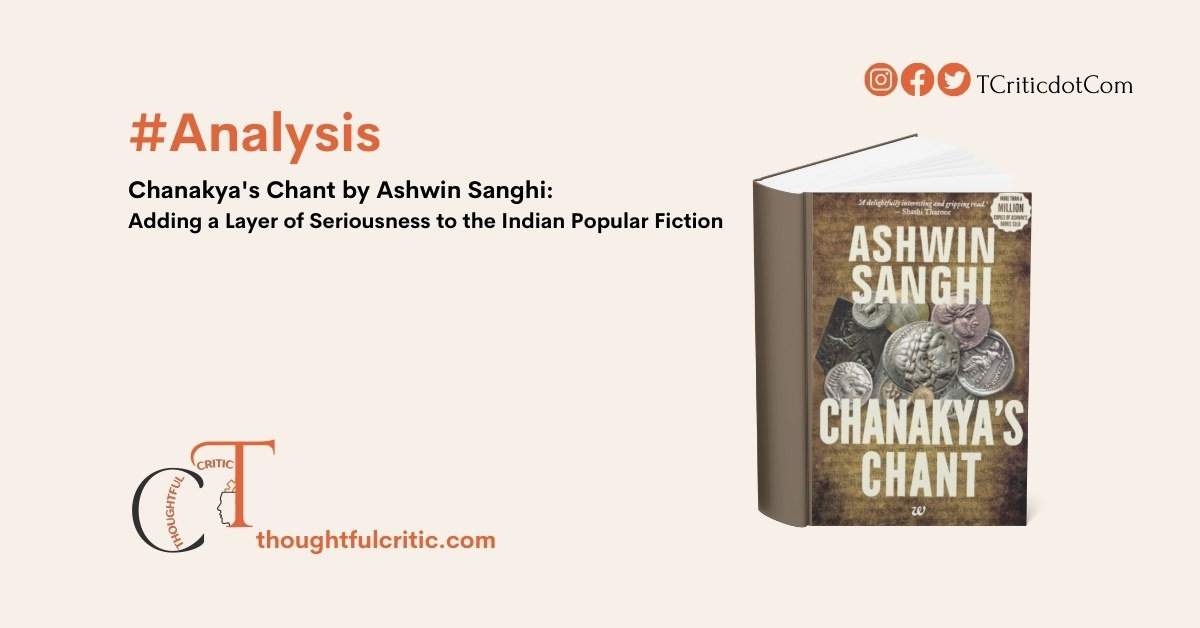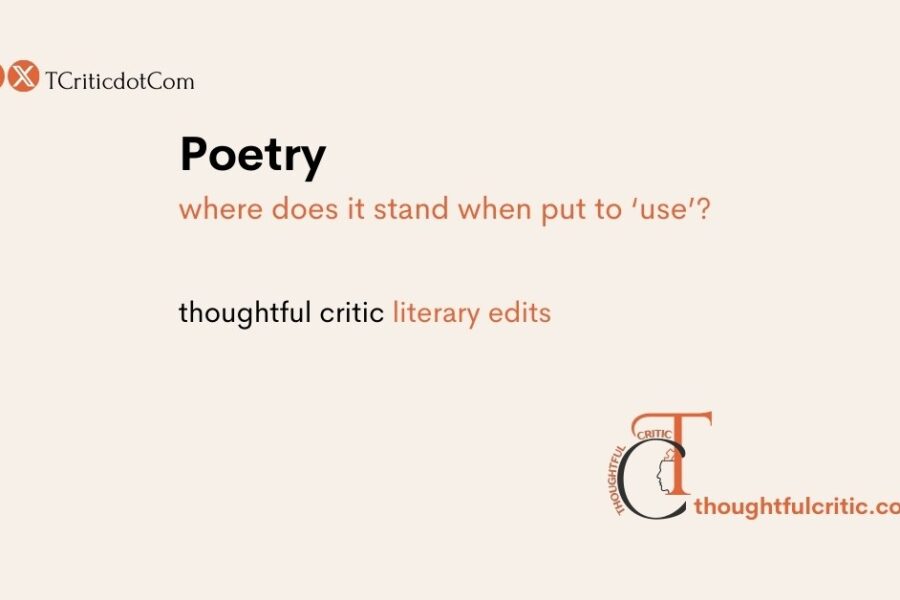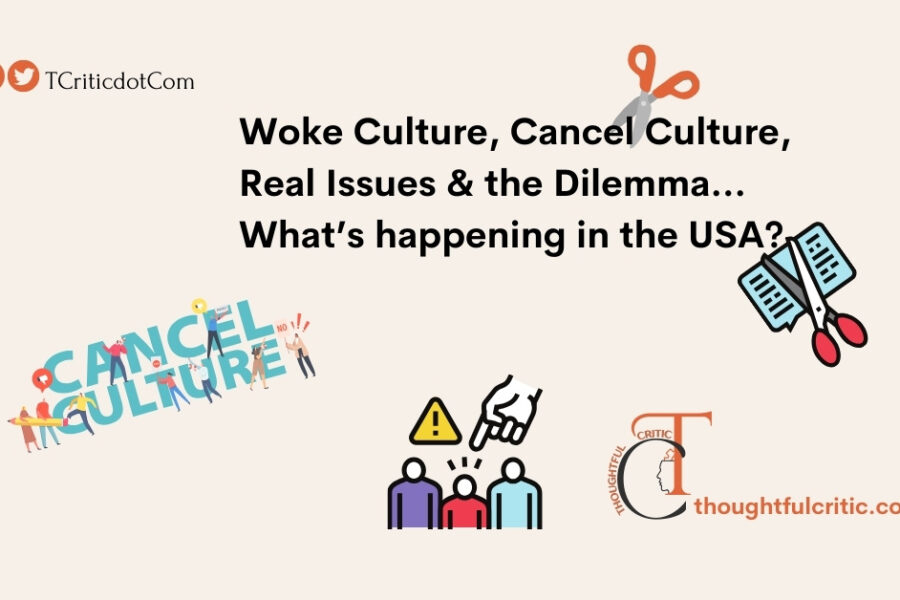Indian popular fiction has long thrived on the dynamic intersection of mythology, history, and contemporary social issues. Among its notable contributors is Ashwin Sanghi, an author who transcends the standard paradigms of popular fiction by imbuing his novels with a rich historical undertone. While his work undeniably caters to the entertainment-hungry masses, Sanghi ensures that his narratives resonate with more profound lessons rooted in the past. His novel Chanakya’s Chant exemplifies this strategy, offering a nuanced blend of ancient history and modern-day political intricacies. Through a skilful narrative that intertwines the life of Chanakya with the contemporary world of politics, Sanghi delivers a story that is more than just a page-turner; it is a vehicle for serious reflection on leadership, morality, and governance.
Ashwin Sanghi: An Unconventional Voice in Popular Fiction
Sanghi’s success is not solely based on his ability to engage readers with gripping tales; rather, it stems from his convincing art of creating a metamorphic vessel that contains the author’s stern belief in drawing crucial lessons from India’s rich history. Unlike many other contemporary authors in the genre, Sanghi does not merely entertain but invites readers to think critically about their cultural and historical inheritance. His approach can be seen as distinct from that of Amish Tripathi, who reinterprets Indian mythology through a heroic lens, or Anand Neelakantan, whose works often offer controversial reinterpretations of mythological characters. Instead, Sanghi carves his niche by focusing on India’s historical past’s strategic and philosophical underpinnings, mainly through characters like Chanakya.
Chanakya’s Chant reveals Sanghi’s meticulous care in balancing popular demands with intellectual rigour. While he successfully maintains the attention of a general readership through engaging plot twists and relatable characters, he does not shy away from embedding profound lessons that resonate with India’s political and moral discourse. This, in turn, adds a layer of seriousness to his work that sets him apart from other writers in the popular fiction domain.
The Amalgamation of History and Present in Chanakya’s Chant
One of the central features of Chanakya’s Chant is its dual narrative structure, which connects the ancient world of Chanakya with the modern-day political scenario of Gangasagar Mishra, a political strategist, and his disciple Chandani Gupta. This structure allows for a seamless interplay between history and the present, where the wisdom of ancient India is applied to solve contemporary problems. In doing so, Sanghi bridges the gap between the past and the present, showing how the lessons from India’s rich history are still relevant today.
The characters of Gangasagar Mishra and Chandani Gupta act as modern reincarnations of Chanakya and Chandragupta Maurya, reflecting the ancient duo’s master-disciple relationship. Gangasagar, like Chanakya, is an intelligent political mastermind who aims to place his disciple in the highest seat of power. Much like Chandragupta, Chandani is shaped and mentored to take on this role. Through these characters, Sanghi weaves a narrative highlighting the timelessness of political strategies and how history often repeats itself in different guises.
This duality is not merely a narrative device but a reflection of Sanghi’s broader philosophical outlook. He directly connects ancient India’s political wisdom and modern India’s need for effective leadership. In portraying this, Sanghi suggests that the challenges the country faces today—rampant corruption, political manipulation, and the quest for power—are not unique to the modern era but have their roots in ancient struggles for control and governance. The novel becomes a sophisticated commentary on the cyclical nature of history and the persistence of power dynamics across centuries.
Moving Beyond Mythological Fiction
While many Indian authors have succeeded in mythological fiction, Sanghi deliberately chooses a different path. Sanghi offers his readers an opportunity to engage with actual historical events and strategies by focusing on historical figures like Chanakya rather than reinterpreting myths. This decision allows him to infuse his narratives with a degree of authenticity often absent in mythological retellings. His focus is not on mythologising historical characters but on presenting them as complex, multifaceted individuals whose actions and decisions have shaped the course of history.
In this regard, Chanakya’s Chant differs markedly from the works of authors like Amish Tripathi or Devdutt Pattanaik. Whereas Tripathi’s Shiva Trilogy presents the Hindu deity Shiva as a relatable, heroic figure battling evil forces, and Pattanaik offers mythological tales with modern-day interpretations, Sanghi anchors his storytelling in the realm of history and political realism. This focus on realism is particularly significant in a country where mythology often overshadows historical facts in popular narratives. Sanghi’s novels, therefore, serve as a refreshing counterbalance to the mythological fiction genre, offering readers a more grounded exploration of India’s past.
Ashwin Sanghi’s Narrative Craftsmanship
Sanghi’s craft as a storyteller is evident in his ability to juggle multiple timelines while maintaining the narrative’s coherence and momentum. The novel’s structure, alternating between the ancient and modern worlds, demands a level of narrative dexterity that Sanghi handles with ease. The transitions between these two timelines are seamless, reinforcing the thematic connections between the past and the present.
Moreover, Sanghi’s portrayal of his ancient and modern characters is grounded in psychological depth and complexity. Chanakya, for instance, is not depicted as a one-dimensional strategist but as a man driven by a deep sense of purpose and a belief in the necessity of ruthless pragmatism to achieve political stability. Similarly, Gangasagar Mishra is portrayed as a man who operates within the morally ambiguous realm of contemporary politics, where the line between right and wrong is often blurred.
The parallelism between these two characters is not coincidental; it reflects Sanghi’s convincing art of creating a metamorphic vessel that contains the author’s stern belief in drawing crucial lessons from India’s rich history. This vessel allows Sanghi’s historical characters to find new life in the modern world. By doing so, Sanghi emphasises the continuity of certain political and ethical dilemmas, suggesting that the lessons of the past are far from obsolete.
Political Commentary and Relevance
What makes Chanakya’s Chant particularly relevant to contemporary readers is its subtle yet incisive commentary on modern Indian politics. The novel, through the character of Gangasagar Mishra, critiques the corruption and moral decay that pervades the political system. Gangasagar’s manipulation of the system, while reminiscent of Chanakya’s strategies, mirrors India’s current political situation.
Sanghi uses the character of Gangasagar to expose the flaws in modern governance, highlighting the need for a new ethical and political leadership that can navigate the murky waters of contemporary politics while remaining true to the nation’s ideals. By drawing parallels between ancient political systems and modern-day governance, Sanghi suggests that the solutions to today’s political problems may lie in revisiting past wisdom.
Moreover, the novel’s exploration of power dynamics, statecraft, and morality resonates with the socio-political environment of modern India, where questions of leadership and ethical governance are increasingly at the forefront of public discourse. In this sense, Chanakya’s Chant becomes not only a historical novel but a relevant political allegory for the contemporary Indian reader.
Conclusion
Ashwin Sanghi’s Chanakya’s Chant stands as a significant contribution to Indian popular fiction, offering readers more than just a gripping tale. Through his convincing art of creating a metamorphic vessel that links the past with the present, Sanghi successfully injects a layer of seriousness into the genre, encouraging readers to reflect on the enduring lessons of history. His ability to blend historical fact with contemporary relevance while avoiding the pitfalls of mythological reinterpretation sets him apart as a writer who entertains and educates. For readers looking to engage with a work that is both intellectually stimulating and relevant to modern political discourse, Chanakya’s Chant offers a profound exploration of the nexus between history and the present, as well as the timeless nature of power and governance.
In this way, Sanghi emerges as a storyteller and a thinker whose narratives offer profound reflections on the complexities of leadership, morality, and the human condition. Therefore, before putting a full stop to the thoughts presented here, let it be expressed once again that Sanghi’s Chanakya’s Chant beckons the much-needed hope, the path that Indian English popular fiction must take to remain relevant and serious, rather than merely being in the buzz. Young authors need to acknowledge the importance of the art of storytelling, which permeates with intellectual stimuli and emotional relief. A work of fiction that adds no value to a reader’s existing knowledge may not be relevant after a few years! However, a story that offers an opportunity to learn something new while making the path to that lesson entertaining and intriguing may always remain relevant and, perhaps, if the author enjoys access to a reservoir of fictional craft like Sanghi has, timeless!
Alok Mishra




